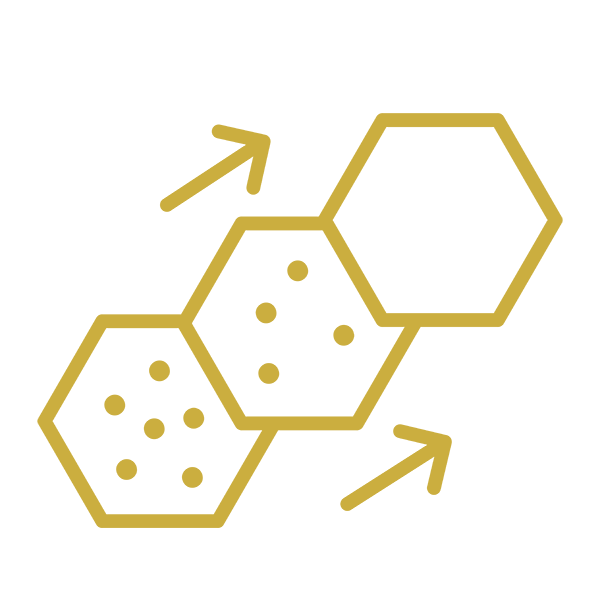

Acne scars are the result of inflammation of acne blemishes. The acne pore swells and a breakdown occurs in the wall of the pore. Some acne blemishes are small and the scars created are shallow and heal quickly. Sometimes the contents of blemishes spill into the surrounding tissue and cause deeper scars.
Dermabrasion is one of the most effective and common treatments for facial scars. While it uses the same general principle as the microdermabrasion kits you can do at home, healthcare providers use a wire brush or a wheel to more deeply exfoliate the top layer of the skin.
A chemical peel is a strong acid that’s used to remove the top layer of the skin to reduce deeper scars.
Much like a chemical peel and dermabrasion, laser resurfacing removes the top layer of the skin. This treatment typically has a faster healing time than other resurfacing treatments.
Healthcare providers use fillers to fill in acne scars and help even out the skin. The fillers can be made with collagen, your own fat, or a commercial filler. They’re injected under the surface of the skin to help plump up and smooth out depressed scars.
This newer treatment uses a small, handheld, needle-studded roller or hand held “pen” on the surface of the scars. The needles puncture the numbed skin — but don’t go through it like a shot! As the skin heals, it makes collagen.
There are a few different medications that can be injected into raised scars to help soften and flatten them. The injections are usually performed as a series with one every few weeks.
Everything you need to feel healthy and beautiful
While acne usually clears up after several years even if untreated, you need not wait to outgrow it. Untreated acne can leave lifelong scars. While not a life threatening condition, acne can be upsetting and disfiguring. When severe, acne can lead to serious and permanent scarring.
Acne scars are the result of inflammation of acne blemishes. The acne pore swells and a breakdown occurs in the wall of the pore. Some acne blemishes are small and the scars created are shallow and heal quickly. Sometimes the contents of blemishes spill into the surrounding tissue and cause deeper scars.
Salicylic acid clears pores, reduces swelling and redness, and exfoliates the skin when applied topically. It's considered to be one of the best treatments for acne scars. You can add products with salicylic acid into your daily routine or your skin care specialist may use it for less frequent chemical peels.
It usually takes 3-6 months for the marks to disappear. However, if you have a scar, you're dealing with permanent skin damage that needs treatment in order to disappear. An acne scar changes the texture of the skin. If acne has left indentations, or raised spots, the damage has occurred at a deeper level in the skin.
Ice pick scars are the most difficult kind of acne scars to treat. This is because they are deep and narrow divots, resembling tiny column-like punctures, making them hard to fill and/or exfoliate away. These scars are usually the result of having severe cystic acne in the deeper layers of the skin.
Using sunscreen can help limit the contrast between unscarred skin and a scar. Some medicated creams, such as those containing azelaic acid or hydroxyl acids, might help too.
The best thing you can do is get acne under control as soon as possible. Begin treating it right away, and see your doctor immediately if your acne isn't getting any better with over-the-counter acne treatments. Quick treatment helps to keep breakouts to a minimum and prevents acne from developing into a more severe form. Prevent pimples and you'll prevent scarring.
Please visit our clinic to get yourself started on your skin transformation journey.
Copyright © 2023 SAPPHIRE Cosmetic Medical Wellness (Private) Limited. All rights reserved.